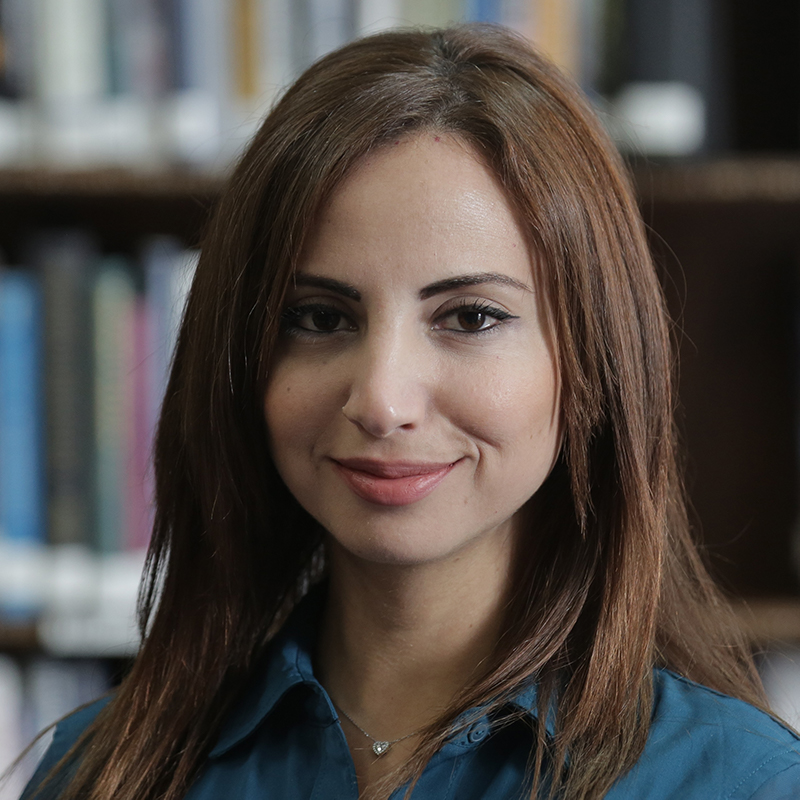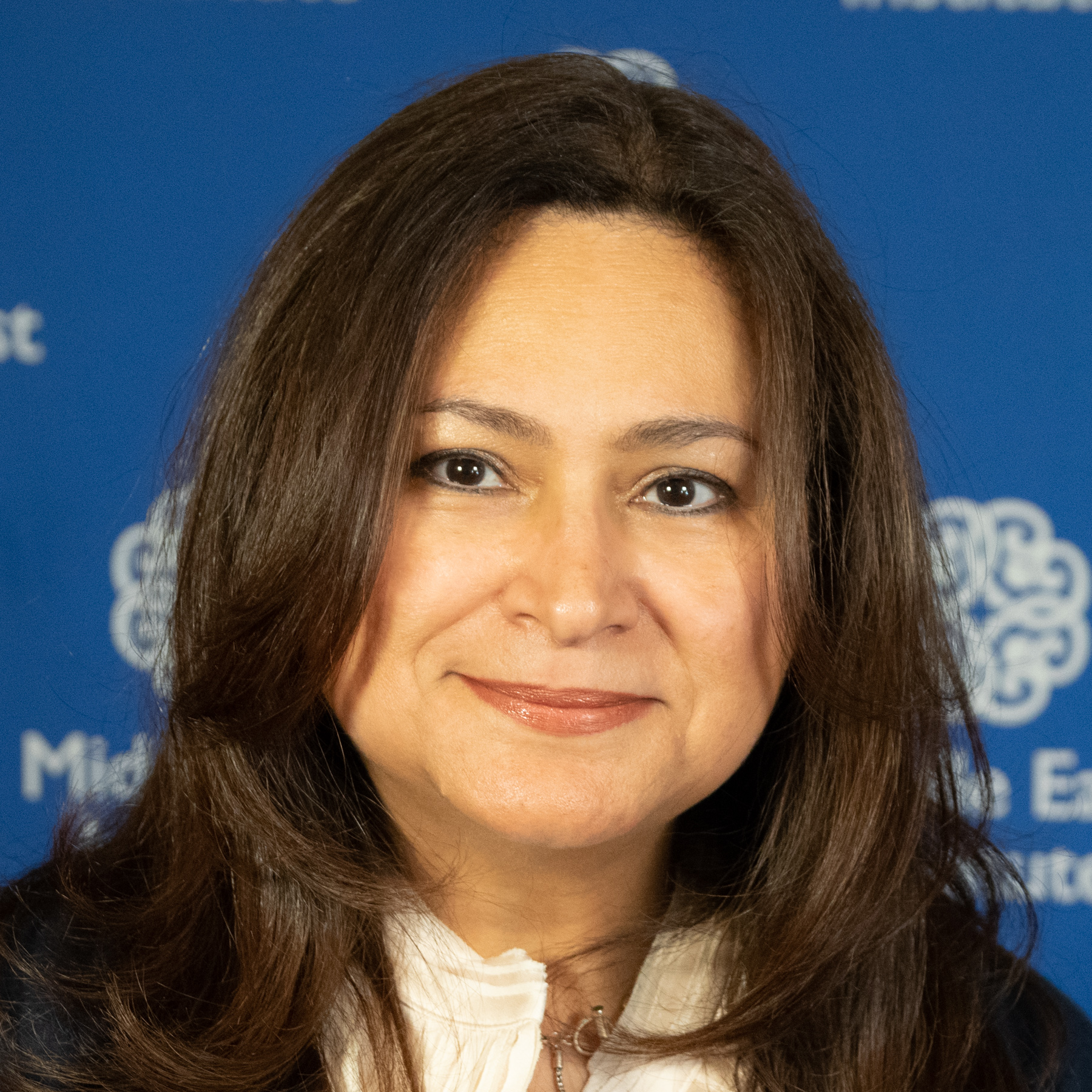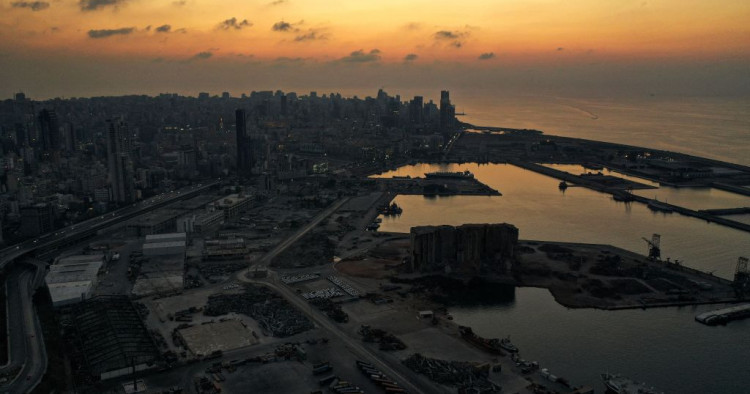Contents:
- Lebanon’s power grid shuts down
- Pakistan and the US still oceans apart
- UAE commits to net-zero emissions by 2050
- Mixed news for Egypt’s economy
- The United States government mainstreams climate adaptation
Lebanon’s power grid shuts down
Jessica Obeid
Non-resident Scholar

The Lebanese power grid shut down this past weekend as fuel ran out at the country’s two major power plants. These plants, Zahrani and Deir Amar, supply 45% of Lebanon’s electricity from the state-owned utility, Electricité du Liban (EDL). The shutdown is the latest in a series of increasing grid outages and government use of public pressure to issue further advance payments to the bankrupt utility for fuel imports, thus maintaining a 30-year-long status quo.
Throughout these three decades, successive governments have shown no willingness to reform the power sector and the accumulated treasury transfers to EDL have exceeded $40 billion in public debt. Today, 18 months since Lebanon’s default, inaction remains the dominant policy and every couple of months governments have requested an advance payment to the utility of around $100-200 million to maintain a few hours of power supply. As foreign currency reserves continue to shrink, access to these payments has become harder and opposition to them has grown. Yet, every time, the threat of a total grid collapse and public outcry have led to further disbursement of funds to EDL. This time around the country is seeing the exact same scenario play out.
The biggest risk is that the newly-formed government will follow the lead of its predecessors and deplete Lebanon’s shrinking foreign currency reserves, not on implementing efficient reforms, but to maintain the status quo, eventually leading to an impasse and making it impossible to fix the power sector.
The power sector’s woes are bound to worsen with every passing day, creating a growing economic and humanitarian crisis. Urgent action toward a sustainable solution is needed. The latter, however, cannot take place in an environment of vested interests and political interference. The new government has assumed tremendous responsibility and its actions to address the long-standing problems in the power sector, or lack thereof, will be one of its biggest tests.
Follow on Twitter: @Jessica_Obeid
Pakistan and the US still oceans apart
Marvin G. Weinbaum
Director, Afghanistan and Pakistan Studies

Last week in welcoming visiting U.S. Deputy Secretary of State Wendy Sherman to Pakistan, Foreign Minister Shah Mehmood Qureshi expressed the desire for a “broad-ranging, long-term, and stable relationship” between the two countries. With the Taliban victory Pakistan sees an opportunity to put its ties with the U.S. on a new footing. For more than 40 years, U.S. security interests in Afghanistan have largely defined the American relationship with Pakistan. Looking to improve bilateral relations, Prime Minister Imran Khan has instead proposed making economic ties the centerpiece of its relationship with the U.S. His government had therefore to be disappointed with the Sherman visit. Even before arriving, speaking in Mumbai, she made clear that her visit to Islamabad would have nothing to do with building the kind of broad and deepening relationship the U.S. shares with India. The U.S. interest is primarily aimed at gaining Pakistan’s cooperation in facilitating American counterterrorism operations in Afghanistan against al-Qaeda and Islamic State-Khorasan Province.
Pakistan’s priorities and those of the U.S. show greater convergence on the necessity to engage the new government in Kabul. Over the weekend, an American delegation met with senior Taliban representatives to discuss a wide range of topics including terrorism and human rights. Islamabad has been urging Washington to release frozen Afghan assets that could possibly stabilize the tottering Afghan economy and financial system. A failing Afghan state is viewed by Pakistan as a national security nightmare. It fears that hundreds of thousands, if not millions, of desperate Afghans in search of assistance will be driven to try to cross its border. This scenario also carries with it the strong possibility that the Afghanistan-nesting Pakistani Taliban will use the cover of fleeing refugees to infiltrate Pakistan’s tribal areas.
If Pakistan hopes to break down U.S. resistance to resetting their relationship, it may help to change some of its unreconstructed narrative about the recent Afghan war. Pakistan’s scholarly National Security Advisor Moeed Yusuf published an article in Foreign Affairs last week in which he questioned whether Washington had ever had anything in mind but a total victory against the Taliban. He suggested that negotiating was for many American officials not for the purpose of reaching an “evenhanded deal” but in order to divide the Taliban leadership. Despite months in Doha of trying to negotiate with an uncompromising Taliban, Yusuf insists that they were amenable to a real political settlement and that more political dialogue could have produced an inclusive Afghan government. Although many well-placed Pakistanis have for some time conceded that the country has harbored the Afghan Taliban, Yusuf plays the old saw that the group “had no organized presence” in Pakistan. He further asserts that military actions against a few scattered individuals would not in any case have changed the outcome of the war. Absent is any mention of the security services’ close ties to the Haqqani Network or protection they give to the Taliban’s senior leadership. At one point in the article, Yusuf also describes the Afghan Taliban as “erstwhile freedom fighters.” All of this rhetoric might be dismissed as obligatory for a government spokesman, but in all probability it also captures closely the thinking of the Pakistan Establishment.
Follow on Twitter: @mgweinbaum
UAE commits to net-zero emissions by 2050
Karen E. Young
Senior Fellow and Director of Program on Economics and Energy

The United Arab Emirates (UAE) has announced it will commit to eliminating global warming emissions within its borders by 2050, the "net-zero" goal, in the run up to the COP26 meeting in Glasgow in November.
Sheikh Mohammed bin Rashid al-Maktoum, prime minister of the UAE and ruler of Dubai, made the announcement, saying, “We are committed to seize the opportunity to cement our leadership on climate change within our region and take this key economic opportunity to drive development, growth, and new jobs." He also committed to a clean energy investment push in the country.
The key phrases to the announcement are "within its borders" and "clean energy." So, while the UAE will continue to be an important global exporter of oil and gas, its own emissions calculations are based on what is used or burned inside of the country. The ability to use the revenues from oil exports to fund a national economic diversification project, including financing for renewable energy domestically, and to be able to deploy that technology and capacity abroad as an investor and operator, is a key goal of the new national growth agenda "Project of the 50."
The government is prioritizing its economic growth above foreign policy interventions, and its idea of sustainable growth is a reckoning that while oil and gas are key drivers of the global economy in the short and medium term, the longer-term outlook has less of a role for those products. The net-zero emissions target is on brand for the UAE in its efforts to distinguish itself among its regional peers and to promote the country as a host of international institutions and convenings, including a possible host of a future conference as part of the U.N. Framework Convention on Climate Change. The UAE, like most of the Gulf states, has some of the world's highest global emissions per capita. The net-zero emissions target will mean some major changes for domestic industry beyond hydrocarbon extraction, like aluminum and manufacturing. For corporates and households, there are bound to be changes in normalization of pricing of energy, from gasoline to electricity. For domestic power production, more reliance on nuclear and solar electricity generation will be a priority.
Follow on Twitter: @ProfessorKaren
Mixed news for Egypt’s economy
Mirette F. Mabrouk
Senior Fellow, Director of the Egypt program

Egypt’s Central Agency for Public Mobilization and Statistics, better known by its acronym, CAPMAS, invariably concentrates on the figures, regardless of their political connotations. The latest figures show that overall inflation in both urban and rural areas is at 8%, up from 6.6% in August. Urban inflation is at 6.6%, up from 5.7% in August. That’s the highest it’s been in 20 months; back in January 2020, it had hit 7.2%.
According to the Central Bank of Egypt (CBE), core inflation, which strips out factors that tend to fluctuate, like food, climbed slightly, to 4.8%, up a third of a percentage point from August.
It’s mixed news. On the one hand, rising inflation tends, rightly, to make people very nervous. Egypt’s economic situation is a major political litmus test, and Egyptians show significantly less tolerance for economic strain than they do for other factors like civil or political restrictions. A $12 billion loan from the International Monetary Fund in 2016 under the Extended Fund Facility necessitated a rigorous program of structural adjustment, which included a not so gradual stripping away of subsidies, cuts in public spending, a currency devaluation, and value-added tax increases. There’s no question that removing the subsidies was necessary; they were a huge strain on the budget, crippling the economy. However, it is just as certain that those same subsidies made life bearable for the majority of Egyptians and the speed and thoroughness of the reforms hit the majority of Egypt’s citizens hard.
Worries have been exacerbated by an abrupt announcement by President Abdel-Fattah el-Sisi that bread subsidies would be removed. Again, there is little doubt that the bread subsidies, which will weigh in at approximately $3.25 billion for this fiscal year, and have been largely unchanged for four decades now, need to be addressed. However, the announcement was still surprising for two reasons. The first is that the bread subsidies provide one of the clearest examples of the clash between economics and politics in Egypt; the subsidies don’t make economic sense but they provide invaluable food security for the country’s poorest, and that food security directly translates to political security. The last time there was an attempt to remove them was under President Anwar Sadat and that resulted in the 1977 Bread Riots. It took 48 hours of rioting and chaos for the government to reverse its decision. Sisi’s announcement has led to intensive political discussion, garnering praise for the economic sense but serious censure for the lack of national dialogue, and it remains to be seen how the government will proceed. On Oct. 8, the government added fuel to the fire, so to speak, by raising the price of fuel for the third time this year, by EGP 0.25 ($0.016) per liter.
On the other hand, while inflation is at an almost two-year high, it’s well within the limits set by the CBE of 7% (+/- 2%), so there is still plenty of room to maneuver. There isn’t much mystery over which factors have caused the spike. Externally, it’s largely down to the global rise in energy prices and internally, there were two main factors: the start of the new school year and food prices. Education-related prices rose a whopping 29.8% (further aggravated by the fact that last year, due to COVID, prices remained largely stable), while food prices rose 13.1%. Utilities increased by 3.9% — surprisingly low considering the 9.1% rise in energy costs.
It remains to be seen how the government will handle these developments. The CBE, in particular, will be under observation to see whether it will reduces interest rates. All things considered, it seems unlikely. The CBE will probably have to remain in a holding pattern for now and keep a close eye on developments.
So will the rest of the country.
Follow on Twitter: @mmabrouk
The United States government mainstreams climate adaptation
Mohammed Mahmoud
Senior Fellow and Director of the Climate and Water Program

The Biden-Harris administration released a factsheet on Oct. 7 summarizing how 26 federal agencies will be incorporating climate adaptation plans as part of their official operations and programs in order to increase climate resilience across all facets of the U.S. government. This initiative pushes federal agencies to embed climate adaptation as a fundamental aspect in how they conduct their business. General examples of this climate resilience-ingrained approach to achieving agency objectives include:
-
Consideration of potential hazardous climate impacts when designing and building infrastructure.
-
Identifying and designating climate resilience officers within key positions of federal agencies.
-
Contingency planning that considers how climate change impacts may disrupt an agency’s critical activities and identifying strategies to minimize and/or resolve those disruptions.
-
Public health support for essential workers that will be exposed to extreme heat.
-
Advancing climate equity by considering how climate change affects socio-economically disadvantaged communities.
While some of the federal climate adaptation plans for these agencies may currently be broad in description and in the defined goals for execution, this approach by the new administration is a paradigm shift in comparison to how climate adaptation has been considered by previous administrations. Formally including climate adaptation within the strategic planning and operations of the government’s various agencies sets a strong precedent for how climate change can be acknowledged and addressed at the national level. Will this measure be an example for other nations, including those that may be reluctant to formally and meaningfully engage in addressing climate change within their governance structures, to follow suit?
Photo by AFP via Getty Images
The Middle East Institute (MEI) is an independent, non-partisan, non-for-profit, educational organization. It does not engage in advocacy and its scholars’ opinions are their own. MEI welcomes financial donations, but retains sole editorial control over its work and its publications reflect only the authors’ views. For a listing of MEI donors, please click here.













